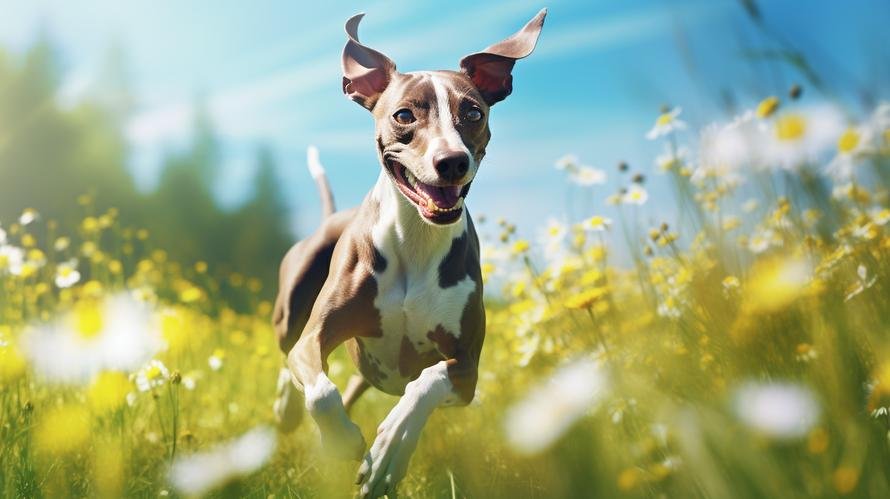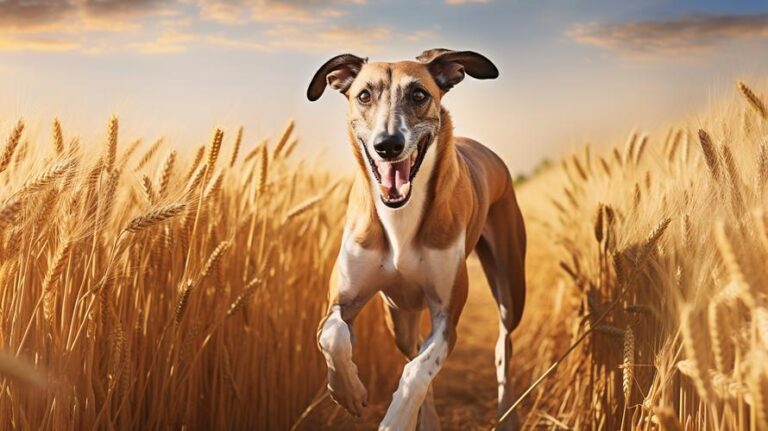If you are the proud parent of an Italian Greyhound, we’ll bet you’re enthralled by their majesty and elegance. Like a tiny gazelle, these small-breed dogs are prized for their graceful, swift movements, not to mention their affectionate nature. Owners agree they are nothing short of delightful. However, apart from play, these delicate dogs require a nutritious diet to stay active, agile and healthy. Interestingly, certain fruits can add a flavorful dash to their meals. You might be surprised at which fruit tops the list!
Let’s embark on a fascinating quest – ‘fruit-ful’ to your Italian Greyhound’s health, one might say!
Many pet-parents mistakenly believe that dogs should eat strictly ‘dog food’. While it’s true that high-quality, nutritionally balanced dog food forms the base of their diet, unrestrained variety in doggie cuisine also has its place. From time to time, introducing specific fruits (yes, you heard it right, fruit!) can give their diet some much-needed verve and vitamin enrichment.
Among the vast variety of fruits, which one is the best for your Italian Greyhound? Drumroll, please – it’s the versatile, nutrient-packed Apple! Apples contain an impressive roster of vitamins and minerals essential for your pet’s well-being. Besides, it’s a low-calorie snack perfect for their petite frame.
Why are apples perfect for Italian Greyhounds? Besides the fact that most canines find apples deliciously refreshing, this wholesome fruit offers a wealth of health benefits. Apples are a fantastic source of vitamins A and C, proven to improve a dog’s bone health and immune system respectively. Now your playful fur-buddy can chase the wind with stronger bones and overall cardiovascular health.
What’s more, apples contain abundant dietary fiber that helps in digestion. A diet rich in fiber is essential for the sleek Italian Greyhound, aiding in regular bowel movements and reducing the risks of constipation or diarrhoea. So, feeding them apple slices is not just a tasty treat but also a remedy for gastrointestinal problems.
Looking for another reason to incorporate apples into your Italian Greyhound’s diet? Let’s talk about their dental health. Regular chewing on firm, crisp apple pieces can help clean their teeth, reducing bad breath and even slowing the progression of dental disease. Of course, it doesn’t replace regular brushing or dental check-ups, but it’s a healthy addition to their oral care routine.
Wait, there’s more! Apples are low in proteins and fats, making them an excellent choice for Italian Greyhounds. These dogs have a small stomach and require low-fat, easily digestible foods. An apple fits the bill perfectly!
But don’t rush to the supermarket just yet – like everything in life, there’s a right and wrong way to feed apples to your pet. Firstly, always remove the seeds – they contain harmful cyanide. Never give them the core or let them munch on a whole apple either. It’s best to wash the apple thoroughly to remove any residue of pesticides and then serve it in small, manageable slices. Remember, moderation is key. Due to their high sugar content, apples should be a treat, not a staple in their diet.
While apples are the undisputed champions in the canine fruit league, they aren’t the only friendly fruit for Italian Greyhounds. Blueberries, bananas, and pears are also great choices, contributing to your doggie’s vitality and overall health.
Knowing the dietary habits and preferences of your Italian Greyhound is crucial in taking care of their overall wellbeing. Including the right fruits within their diet plan not only adds variety, but also a host of essential nutrients that fulfill their health needs.
So next time you’re peeling an apple for yourself, remember your little buddy. A few apple slices could lend a fun, crunchy change of pace to their routine meals and snack times. Strive for a well-rounded diet plan, and you’ll have a happy and healthy dog who is always ready for the next adventure.
In the end, remember that every dog is unique. What works for one Italian Greyhound might not work for another. Always monitor your dog’s response to new foods and consult your vet if you have any doubts. Happy feeding, fellow dog lovers!



